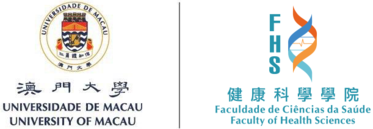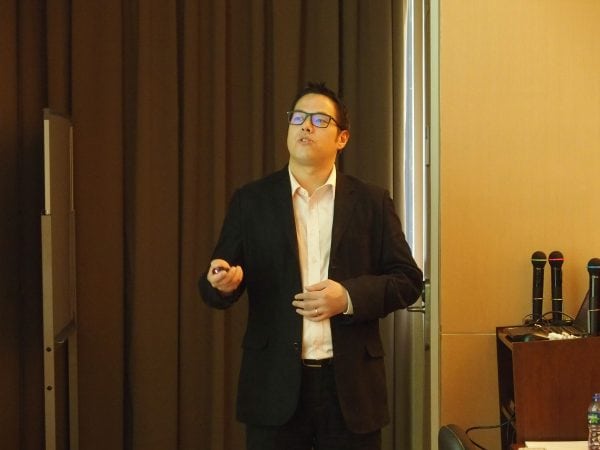| Talk title | The role of voltage-activated sodium channels in colorectal cancer metastasis and survival |
| Speaker | Dr. Daniel Baptista-HON Post-doctoral Fellow, Division of Neuroscience, University of Dundee |
| Date & Time | 2 June 2017 (Friday) 15:00-16:00 |
| Venue | Room G003, E12 Building (University of Macau) |
| Abstract | High-grade colorectal tumours contain metastatic cancer cells. Surgical resection of these tumours is an effective treatment. However, surgery often releases metastatic cancer cells which may self-seed at the original tumour site and lead to recurrence, or they may enter the circulation and lead to distant secondary tumours. Therefore, prevention of the perioperative spread of metastatic cancer cells is likely to reduce recurrence/spread and prolong survival following surgery. Mounting evidence indicates that cardiac NaV1.5 voltage-activated Na+ channels are upregulated in metastatic colorectal cancer cells. Using the human SW620 metastatic colorectal cancer cell line as a model, we established that both the adult and neonatal splice variants of NaV1.5 are upregulated (Baptista-Hon et al 2014 Br J Anaesth).
NaV1.5 is an important mediator of SW620 cell metastatic behaviour. Anti-sense RNA knockdown of NaV1.5 expression reduces invasive behaviour. Importantly, functional inhibition of NaV1.5, using the local anaesthetics lidocaine or ropivacaine, also inhibits invasion (Baptista-Hon et al 2014 Br J Anaesth). This raises the possibility that regional (as opposed to general) anaesthesia during surgical tumour excision, and perhaps also for pain relief in the perioperative period, may reduce the chances of metastatic spread of colorectal cancer cells. The precise role of NaV1.5 in mediating SW620 invasion is not known. However, NaV1.5 is a regulator of ERK1/2 activity (House et al 2015 Sci Rep), which in turn regulates genes involved in invasion. Additionally, it is possible that NaV1.5 may form complexes with other proteins involved in the pathophysiology of cancer. We identified that NaV1.5 can re-distribute the pro-apoptotic protein scotin, from its endogenous environment within the ER, to the cell surface. We therefore hypothesised that up-regulation of NaV1.5 in SW620 cells may promote survival, by removing scotin from the ER, which is essential for its pro-apoptotic activity. Indeed, our preliminary data indicate that overexpression of both NaV1.5 and scotin in HEK-293 cells can reduce the cell death associated with scotin alone. Taken together, our data indicate that NaV1.5 plays a key role in the survival, as well as metastatic behaviour of colon cancer cells. It also represents a highly druggable target for the prevention of recurrence and metastatic spread of colon cancer following surgical tumour excision. |


